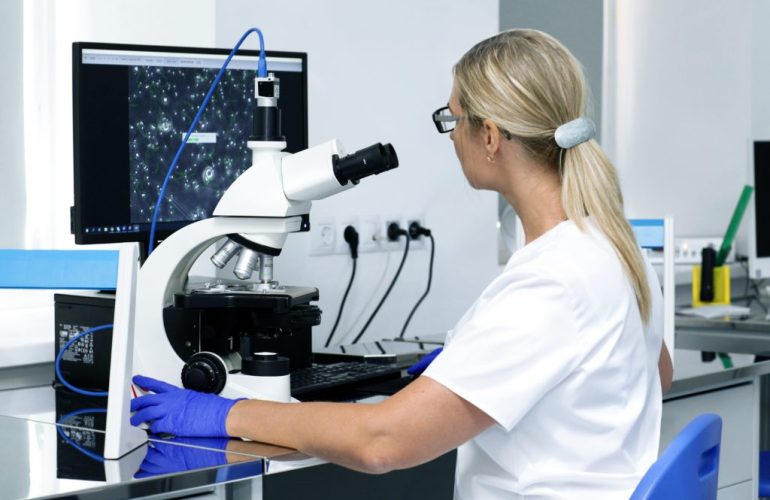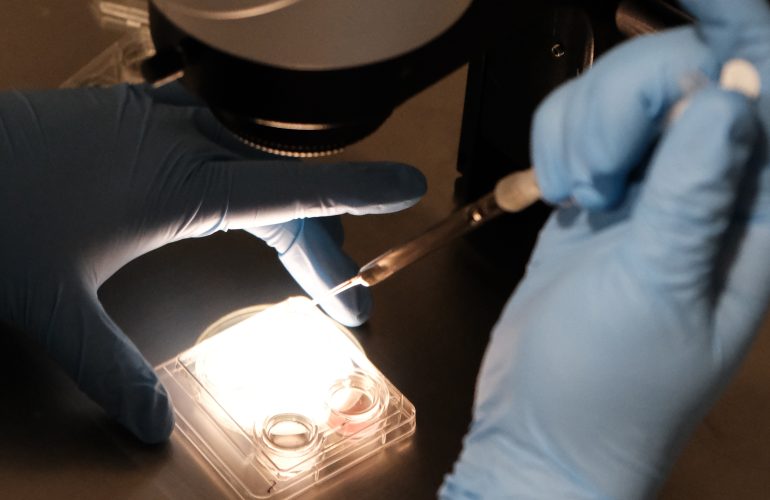Advancements in IVF: Revolutionizing Assisted Reproductive Technology
In the past decade, the field of assisted reproductive technology has witnessed significant advancements, particularly in in vitro fertilization (IVF). These advancements have revolutionized the way fertility treatments are conducted and have provided new hope for couples struggling with infertility. Let’s explore some of the key advancements in IVF that have emerged in the last decade.
- Preimplantation Genetic Testing (PGT)
One of the groundbreaking advancements in IVF is the development and refinement of preimplantation genetic testing (PGT). PGT allows embryos to be screened for genetic abnormalities before implantation, significantly increasing the chances of a successful pregnancy and reducing the risk of genetic disorders in the offspring. PGT has become more accurate, efficient, and accessible, empowering couples to make informed decisions regarding embryo selection and family planning.
- Time-Lapse Imaging
Time-lapse imaging has revolutionized the way embryos are monitored and assessed during IVF. This technology allows continuous monitoring of embryo development without disturbing the delicate environment of the incubator. By capturing images at regular intervals, embryologists can observe important developmental milestones, evaluate embryo quality more accurately, and select the most viable embryos for transfer, leading to improved success rates.
- Single Embryo Transfer (SET)
In the past, multiple embryos were often transferred during IVF to increase the chances of success. However, this practice carried a higher risk of multiple pregnancies and associated complications. Advancements in IVF have emphasized the importance of single embryo transfer (SET), where only one carefully selected embryo is transferred to the uterus. This approach has led to a significant reduction in multiple pregnancies while maintaining excellent success rates, ensuring a safer and healthier outcome for both mother and baby.
- Cryopreservation Techniques
Cryopreservation techniques, such as vitrification, have greatly improved the preservation and storage of embryos and gametes. Vitrification involves ultra-rapid freezing, which prevents the formation of ice crystals and preserves the structural integrity of the cells. This has significantly increased the survival rates of frozen embryos and eggs, allowing patients to store their excess embryos for future use. Additionally, it has opened doors for fertility preservation for individuals undergoing medical treatments that may compromise their fertility, such as chemotherapy or radiation.
- Egg Freezing
Egg freezing, also known as oocyte cryopreservation, has become a popular option for women who wish to preserve their fertility. The last decade has seen significant advancements in the success rates of egg freezing techniques, making it a viable option for women who want to delay childbearing or who face certain medical conditions that may affect their fertility. Egg freezing provides women with greater reproductive autonomy and flexibility, empowering them to pursue their personal and professional aspirations while preserving their ability to conceive in the future.
- Advances in Laboratory Techniques
Laboratory techniques used in IVF laboratories have also advanced significantly in the last decade. Innovations such as improved culture media, embryo culture systems, and incubation conditions have created a more optimized and controlled environment for embryo development. These advancements have contributed to higher embryo quality, better embryo selection, and increased pregnancy rates.
In conclusion, the field of IVF has witnessed remarkable advancements in the last decade, transforming the landscape of assisted reproductive technology. Preimplantation genetic testing, time-lapse imaging, single embryo transfer, cryopreservation techniques, egg freezing, and improved laboratory techniques have all played crucial roles in improving success rates, enhancing patient experiences, and expanding options for individuals and couples struggling with infertility. With ongoing research and technological innovations, the future of IVF holds even more promising possibilities, providing hope and fulfilling dreams of parenthood for countless individuals.
Please make sure to check out our previous blog post about considering North Cyprus for your fertility treatments.




